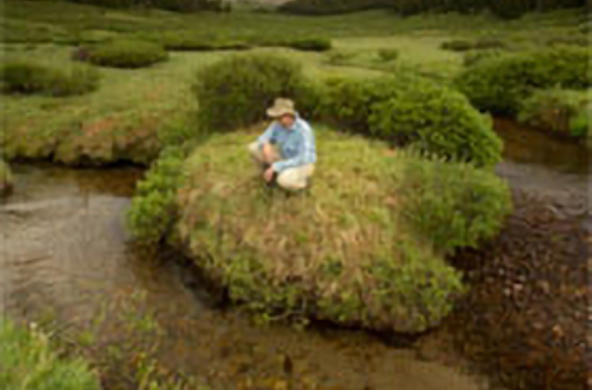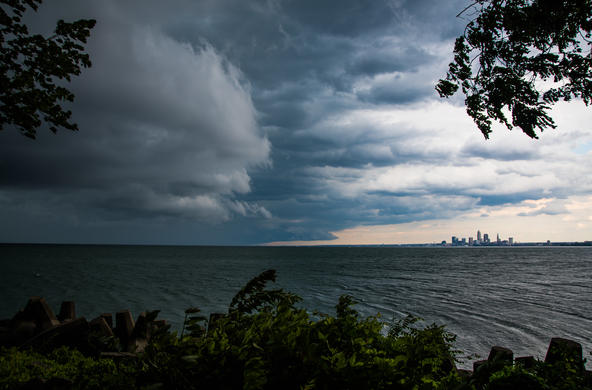If you ever saw "Star Wars," you'll remember the trash compactor scene: Trying to escape from the Imperials, Luke and his friends duck into what turns out to be a trash compactor, where things go from bad to worse. First, some alien creature tries to eat Luke, and then the walls start closing in, threatening to smash them flat. Only R2-D2's quick thinking saves the day.
I've been thinking about that scene a lot lately while working with a scientist from Hong Kong on an analysis of biodiversity in the world's fresh waters. As part of that analysis, we've put together a little summary of human demands on the world's fresh waters.

When I look at these graphs, I see the four walls of the trash compactor closing in on our freshwater ecosystems. Human demands on fresh water are so large we capture half of the available water flowing to the ocean and several of the world's greatest rivers - the Nile, the Ganges, the Colorado, among them - no longer even flow to the ocean during dry periods. Tens of thousands of huge dams and almost a million small dams fragment our river systems, blocking fish migrations, and preventing 1/4 of the sediment they carry from reaching the sea. Consequently, river deltas on the Mississippi, the Ebro, the Nile and other rivers are eroding because they are being starved of sediment and coastal fisheries are suffering from an imbalance of key nutrients.
Pollution now extends into even the most remote corners of our planet and has reached unprecedented levels, as shown by the enormous increase shown in nitrogen inputs to the world's ecosystems. We've overfished many lakes and rivers to the point that large-bodied fish species have vanished, leaving only small and less desirable species, to which we are now turning our hungry attention. And just like in the trash compactor, there is even a monster in the room. Careless introductions of invasive species such as water hyacinth, zebra mussels and Nile perch have driven native species to the edge of extinction, and degraded our freshwater resources.
It is pretty clear from the shape of the lines on the graphs that human pressures on fresh waters will rise steeply as our populations and economies grow in the next few decades. Already, inadequate water causes great human suffering in many parts of the world. As human populations grow, water shortages will spread and intensify, probably leading to political instability and possibly war. In our struggle to obtain water for drinking, agriculture, industry and hydroelectricity, it seems very likely we will fail to leave enough water for freshwater ecosystems and their inhabitants, extinguishing many of the 10,000-20,000 freshwater species already endangered through human activities.
This is the part of the article where the writer is supposed to offer a solution, a way out of the trash compactor, but I'm afraid I'm no R2-D2.
Somehow we must deal with pressing human needs for fresh water in an unfair and politically contentious world. Somehow we must keep in mind the needs of the irreplaceable and splendid natural world we have been given and remember to take into account the enormous benefits, both tangible and intangible, it can give us if we manage it wisely.
Somehow we must deal with these problems in a thoughtful way, before crisis and disaster force us into hasty, ill-considered actions that are poor choices for both humans and our world. And somehow, we must do all of this in the next few years, before the walls of the trash compactor smash our fresh waters beyond recognition.
These are really difficult problems, and I can't offer an easy solution today, only a warning - look out, the walls are closing in. Let's hope the Force is with us.






